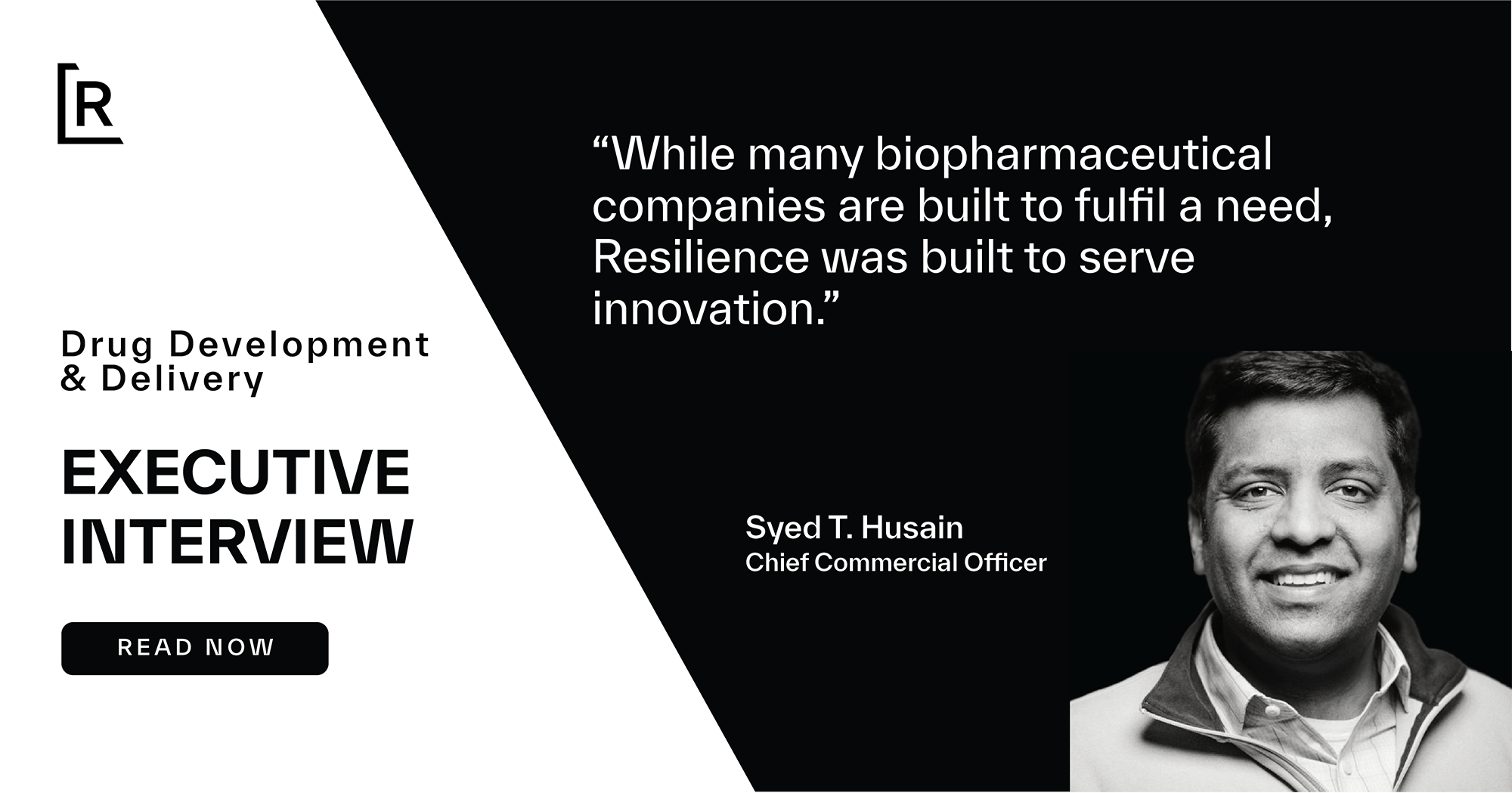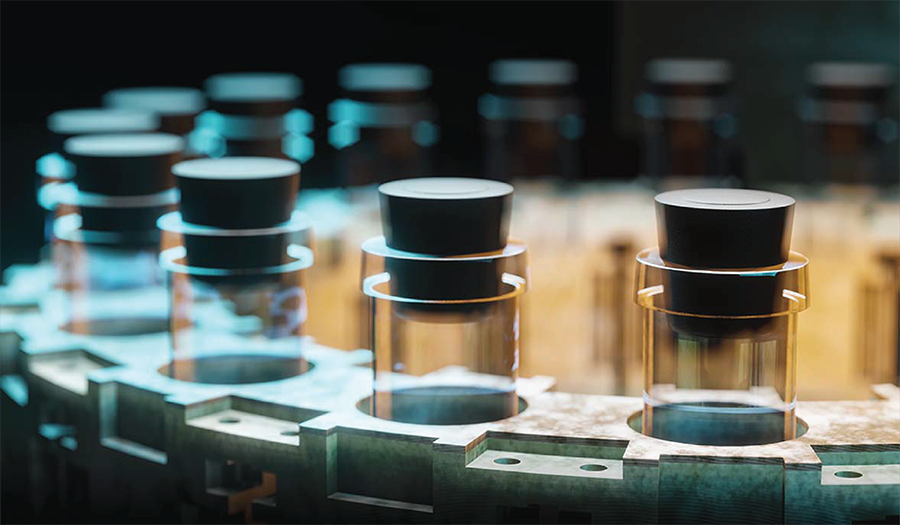.jpeg)
How digital twins help improve biomanufacturing quality and security
Biomanufacturing safety and efficacy depend on well-controlled, compliant manufacturing processes. Can a virtual model truly give biomanufacturing organizations the additional visibility needed to smooth out the path to this milestone?
Variability in manufacturing, incomplete knowledge transfer and disruptions in information flow all raise the risk of bad batches, data loss and other issues. Biomanufacturing failures, like the ones described, can lead to months of delays and millions to billions of dollars lost. Without intervention, they may also lead to adverse events or rejected submissions.
Trained and validated statistical models, machine learning, and mechanistic approaches help biomanufacturing teams identify and mitigate existing risk and prevent potential failures. However, these methods are based on trial and error or limited knowledge, which often limits their accuracy. Biomanufacturing teams may also have to wait for downtime to run these experiments, which limits their ability to protect against failures.
More sophisticated models exist. Models that use a combination of machine learning algorithms and digital twins enable manufacturing teams to run real-time simulations mirror current operations, and run in parallel. These techniques enable engineers and data scientists to forecast and prevent failures, detect anomalies, and recognize process-critical patterns without interfering with operations. And they do it with unparalleled consistency, accuracy, and speed. Resilience studies show a 75% reduction in the time, cost and resources needed to develop a process control strategy compared to a pure lab-based approach.1
What is a digital twin?
A digital twin is a high-fidelity virtual model or representation of a physical environment. The model includes the data exchange, communication, interaction, and behavior between converged physical and virtual spaces. The virtual part of the twin collects, aggregates and analyzes performance behavior data throughout the production life cycle of the physical systems and sensors.2
Contract Development and Manufacturing Organizations (CDMOs) can use digital twins to refine manufacturing processes in real time. The model “combines a scalable manufacturing framework with a robust platform for monitoring and control to increase biopharma manufacturing resilience.”2
Why Biomanufacturing Service Providers are exploring digital twins:
Innovative manufacturing companies are using digital twins to test and simulate design, development and manufacturing parameters and approaches.3 Three primary advantages of integrating digital twins into biomanufacturing include:
Improve predictive maintenance
Digital twins run in parallel with “real world” testing to help scientists identify naturally occurring degradation curves in stability studies and other manufacturing processes. Scientists can run multiple simulations to identify anomalies in a few hours rather than days or weeks.
With information from the digital twin, scientists can determine relevant project parameters. “All this takes place in a separate simulated environment on a validated model,” said Ahsan Munir, Director of Global MSAT, Process Modeling and Data Science, for Resilience. “This allows us to test numerous options using about 50 percent fewer experiments.”
With a validated digital twin running, scientists can also run predictive tests. In this scenario, the digital twin may identify a high risk of deviation in the next 10 days, for example. “With that information you can go back and alert the team rather than lose a batch,” said Munir.
Maintain machine-state integrity and quality
A digital twin can identify equipment faults or weaknesses that can adversely affect integrity and quality. The twin’s analytic capabilities enable the model to predict when equipment might fail or require maintenance based on historical data, reducing unplanned downtime.
Simulations also allow for more precise control of equipment. During cell culture process monitoring, for example, a digital twin may simulate the behavior of bioreactors in real-time, incorporating factors like temperature, pH, dissolved oxygen, and agitation. This allows scientists to control and optimize culture conditions throughout the process.
Optimize manufacturing processes
Digital twins help optimize both upstream and downstream activities, potentially shortening time to commercial launch. During upstream biomanufacturing, digital twins enable scientists to monitor and adjust cell culture parameters in real time to maximize cell growth and product yield, for example. Scientists can also design use cases to troubleshoot along the way without interrupting existing processes.
Downstream activities benefit from digital twins’ modeling and monitoring capabilities. During chromatography modeling, for example, teams can develop detailed models of resin interactions, elution profiles and binding capacities to ensure product safety and compliance throughout. Product concentration and purity can be monitored in real time, enabling staff to adjust parameters midstream, improving efficiency.
Batch-to-batch comparisons can also happen without disruption. Any gradual process drift can be identified and rectified in the moment.
Implement more effective cybersecurity strategies
Resilience implements strict cybersecurity and cyber-resiliency measures to ensure fault-tolerant manufacturing processes to achieve high availability and protect sensitive customer information and intellectual property. By using a digital twin-based strategy, cybersecurity teams don’t have to wait for rare downtimes to run threat and attack simulations and test systems using live system data and models.
“At Resilience, we’re manufacturing 24/7,” said Sri Gourisetti, PhD, Head of Security Engineering and Architecture at Resilience. “A digital twin runs in parallel with the physical network of manufacturing systems. That allows us to run tests to see what will realistically influence and stress the network or the system. The nature of these anomaly-centric studies could be cyber or non-cyber.”
How Resilience integrates digital twins:
Resilience implements what it calls a BioSecure Digital Twin to strengthen cybersecurity, manufacturing, and process control. In addition to improving quality, consistency and efficiency, digital twins detect cyber intruders while manufacturing runs around the clock.2
Resilience is also developing a digital twin of an integrated and continuous biomanufacturing (ICB) process. The company is using the ICB model to determine the impact of expected disturbances, deviations and uncertainties on product quality. Residence time distribution analysis will enable data scientists to identify the duration of product diversion in response to the deviation, as well as allow product impacted by disturbance to be diverted without impacting the reminder of the batch.4
Conclusion
In an industry where life-changing products depend on consistent high-quality manufacturing processes, digital twins are an effective way to immediately correct deviations and even prevent them before they occur. Forward-thinking CDMOs are even exploring digital twins to enable real-time regulatory audits.
As generative AI matures, the use cases for digital twins will expand further. In the meantime, we expect to see more CDMOs adopt digital twins to improve the consistency, accuracy and speed of detection and validation processes.
References
1. Wheaton R, Munir A, Gourisetti SNG, Dixon AD, Huber TD, Davis RR, To B. In-Silico Data Driven Mechanistic Model Assisted Biopharmaceutical Process Validation. National Resilience, Inc., Draft publication.
2. Mylrea M, Fracchia C, Grimes H, et al. BioSecure Digital Twin: Manufacturing Innovation and Cybersecurity Resilience. https://www.osti.gov/servlets/purl/1893769. Published November 17, 2021.
3. Attaran M, Attaran S, Celik BG. The impact of digital twins on the evolution of intelligent manufacturing and Industry 4.0. Adv Comput Intell. 2023;3(3):11. doi:10.1007/s43674-023-00058-y
4. How Digital Twins are Shaping the Future of Continuous Bioprocessing with Resilience and Siemens.




